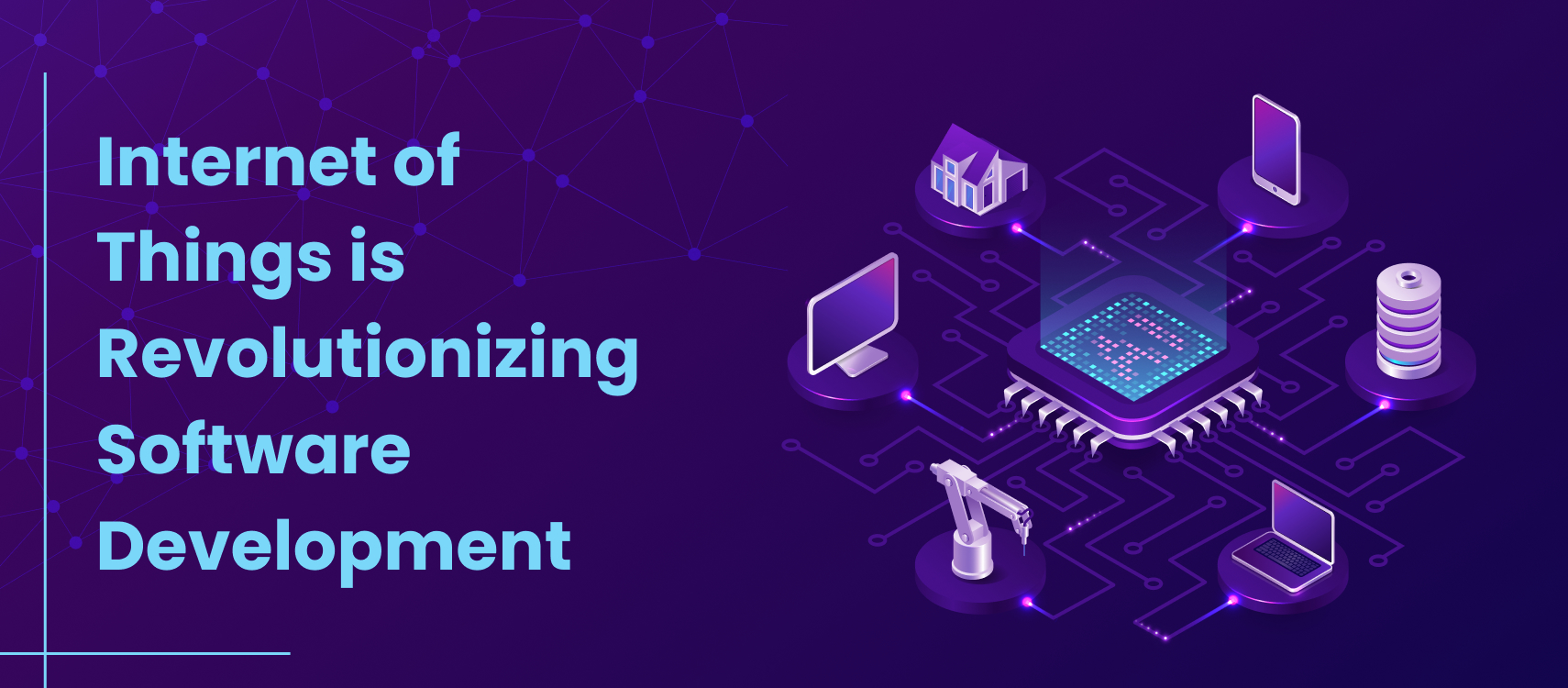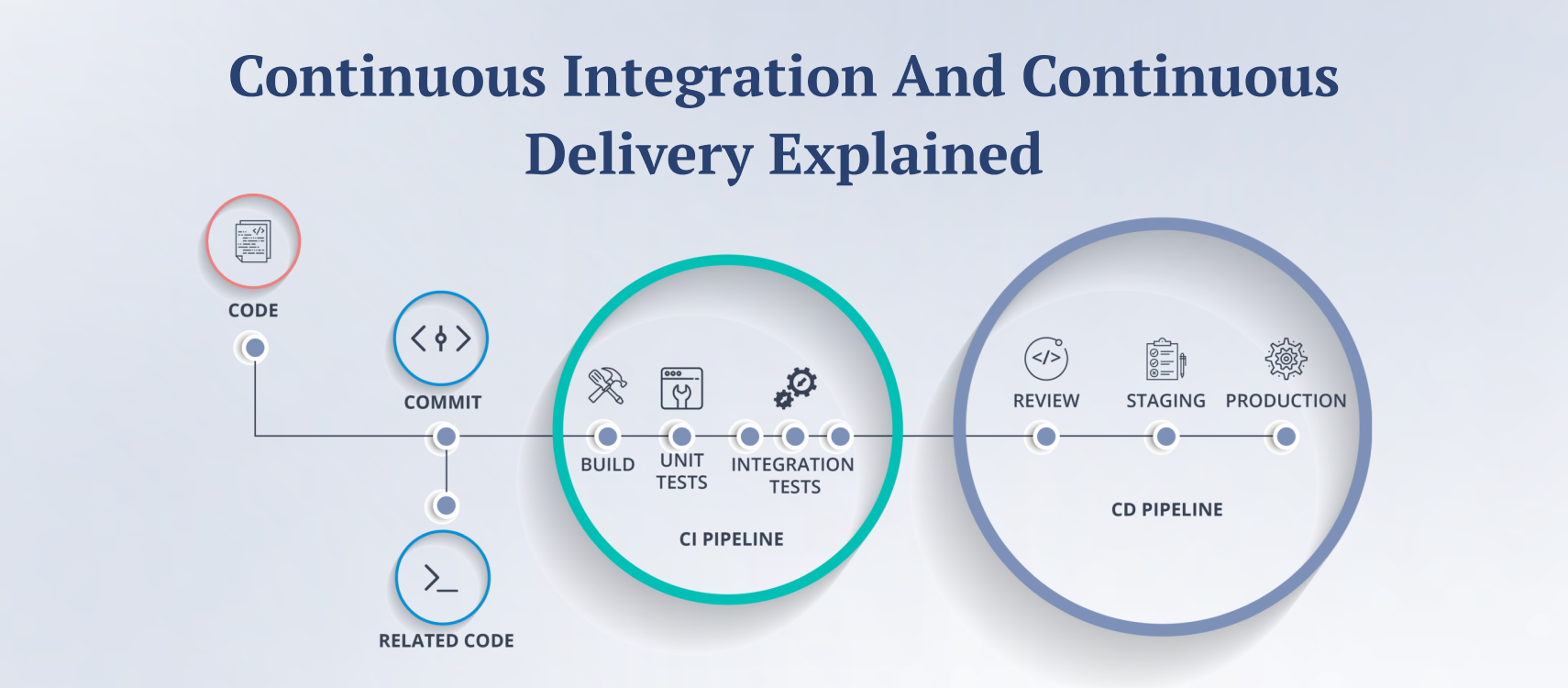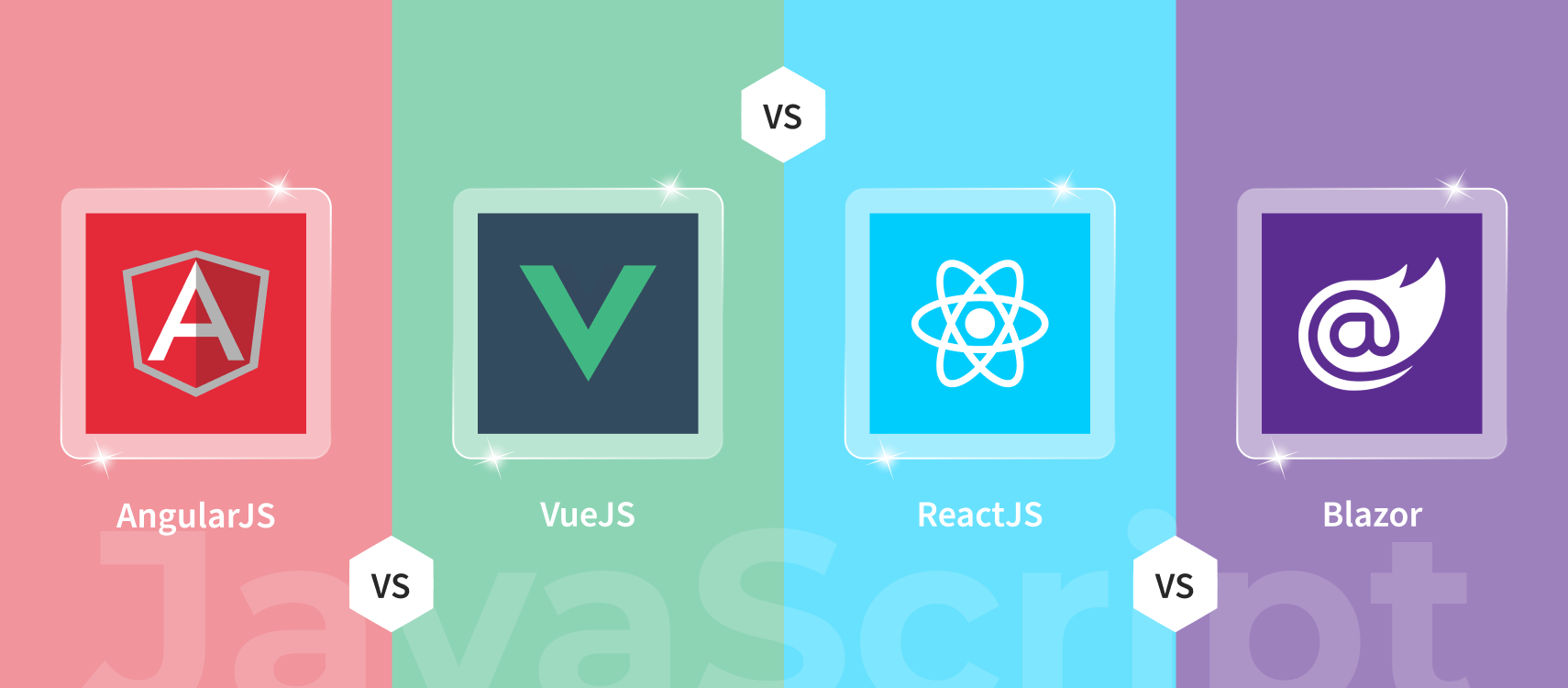Table of Contents
- Proliferation of Connected Devices
- Data-Driven Development
- Security and Privacy Challenges
- Edge Computing
- Interoperability and Standards
- User-Centric Experiences
- Continued Evolution and Integration
- Summarising
The technological landscape has undergone a paradigm shift with the advent of the Internet of Things (IoT). This interconnected network of devices has not only revolutionized consumer-focused industries but has also left an indelible mark on enterprise software development.
In this article, we will try to understand the profound impact of the IoT on software development, examining how this interconnected ecosystem has ushered in new challenges, opportunities, and paradigms for developers and organizations alike.
Proliferation of Connected Devices
The IoT has brought about an explosion in the number of connected devices, ranging from smart home appliances and wearable gadgets to industrial sensors and healthcare devices. This proliferation has redefined software development by necessitating the creation of applications that seamlessly interact with a diverse range of devices and platforms.
IoT app developers now face the challenge of designing applications that accommodate various device capabilities, form factors, and operating systems. This has led to the adoption of responsive design principles, where applications are designed to dynamically adjust their layout and functionality based on the device they are accessed from. The IoT’s influence on software development is evident in the way developers now prioritize building applications that can adapt to this ever-expanding array of connected devices.
Data-Driven Development
The IoT generates an enormous volume of data, presenting software developers with a treasure trove of insights to leverage. Applications operating within an IoT ecosystem often rely on real-time data streams to provide users with accurate and up-to-date information. This data-driven approach impacts the entire software development lifecycle, from architecture and design to deployment and maintenance.
Developers need to implement robust data processing and analytics capabilities within their applications to harness the potential of IoT-generated data. This involves incorporating technologies like Big Data processing, machine learning, and predictive analytics. By mastering these technologies, IoT app development services can create applications that not only provide real-time insights but also predict future trends and events, thereby enhancing user experiences and decision-making processes.
Security and Privacy Challenges
The interconnected nature of the IoT raises significant security and privacy concerns, which directly impact software development practices. With numerous devices communicating and exchanging data, the potential for breaches and unauthorized access grows exponentially. Developers must prioritize building applications with robust security measures to safeguard sensitive data and prevent unauthorized access.
IoT-specific security practices, such as implementing secure authentication and authorization protocols, encrypting data transmissions, and regularly updating device firmware, are now integral to software development. This has led to a paradigm shift where security and privacy considerations are woven into the fabric of software development from the very beginning, rather than being retrofitted as an afterthought.
Edge Computing and Real-Time Processing
The vast amount of data generated by IoT devices has also led to the rise of edge computing. Unlike traditional cloud-based processing, edge computing involves performing data processing and analytics at the device or gateway level, closer to the data source. This approach minimizes latency and reduces the strain on network bandwidth.
For software developers, this shift to edge computing presents an opportunity to create applications that can handle real-time data processing and decision-making. Applications that leverage edge computing can provide users with faster responses, improved reliability, and enhanced overall performance. Developers must adapt their development practices to accommodate this decentralized computing model, enabling applications to thrive in the rapidly evolving IoT landscape.
Interoperability and Standards
The IoT’s complex ecosystem comprises devices from various manufacturers, each potentially operating on different protocols and communication standards. This heterogeneity poses a challenge in achieving seamless interoperability between devices and platforms. Software developers are tasked with developing applications that can seamlessly communicate and interact with devices from diverse vendors.
To address this challenge, developers need to adhere to IoT communication protocols and standards. Technologies like MQTT, CoAP, and AMQP facilitate efficient data exchange between devices, allowing developers to create applications that can communicate with various devices irrespective of their underlying technology. Interoperability has become a critical consideration for software development, fostering collaboration and driving the creation of standardized communication interfaces.
User-Centric Experiences
The IoT has ushered in a new era of user-centric experiences, where applications transcend individual devices and offer seamless interactions across a multitude of endpoints. Software developers must now conceptualize applications that seamlessly bridge the physical and digital worlds, ensuring a consistent and immersive experience for users regardless of the devices they are using.
This paradigm shift underscores the importance of designing intuitive user interfaces and user experiences that cater to a diverse range of devices and use cases. Developers are tasked with building applications that seamlessly integrate with users’ daily lives, enabling them to interact with smart devices effortlessly and derive maximum value from the IoT ecosystem.
Continued Evolution and Integration with Emerging Technologies
As the IoT ecosystem expands and matures, developers can anticipate several trends that will shape the trajectory of IoT app development:
-
Edge AI and Machine Learning:
The combination of edge computing and artificial intelligence (AI) will enable IoT devices to process and analyze data locally, reducing reliance on cloud resources. This development will lead to more intelligent devices capable of making critical decisions without requiring constant connectivity.
-
Blockchain for Security and Transparency:
Blockchain technology can enhance the security and transparency of IoT data transactions. Developers will explore ways to leverage blockchain’s immutability and decentralized nature to create secure and tamper-proof IoT applications, particularly in sectors like supply chain management and healthcare.
-
Augmented Reality (AR) and Virtual Reality (VR) Integration:
The convergence of IoT and AR/VR technologies will create immersive experiences that merge the physical and digital worlds. Developers will work on apps that overlay digital information onto the physical environment, enhancing interactions with IoT-enabled devices.
-
Predictive Maintenance and Analytics:
IoT-based apps will increasingly incorporate predictive maintenance capabilities by analyzing device data to anticipate maintenance needs. This proactive approach will reduce downtime and operational costs across industries like manufacturing and transportation.
Summarising
As organizations continue to leverage the potential of the IoT, software developers are at the forefront of this transformation, driving innovation and creating applications that harness the power of interconnected devices. The ability to adapt to these changes and capitalize on the opportunities presented by the IoT ecosystem is essential for developers to thrive in this dynamic and ever-evolving technological landscape.










